

The Zork legacy has been a part of many classic RPG fans lives ever since before the invention of the Internet. They can probably remember back in 1970, "hooking up" their old PDP-10's* and connecting to the ARPAnet through the grace of no net security whatsoever.
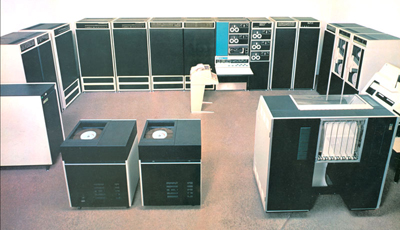
In 1970, a computer language known as MUDDLE was developed as a successor to the then current LISP language. Using this language the development minds at MIT became fairly famous for developing some of the very first video games. Very little known is the fact that the first of these games was a multi-user puzzle game called "Maze". This graphics enhanced dungeon crawler would show the various players the perspective they would see if they were in the place of their digital alter-egos. As fun as this game was, it was not able to be played across the ARPAnet, much to the chagrin of the earliest of known hackers, known to the programmers as "Net Randoms" These were folks who had access to their own terminals and ranged from College Professors to 12-year-olds in the Northern Virginia area. Not having to sit idly by and watch others have fun, the randoms took part in the next of the games put out by the labs at MIT. "Trivia" took the online connections by storm as it was a text based game capable of transferring across the ARPAnet lines. Many a lonesome hacker would waste countless hours attempting to "One-up" the competition in the Trivia game. These pastimes went on for several years until something happened that would take the video gaming world by surprise.
It was early 1977, and a force known as Adventure boomed into the terminals of MIT. Adventure, created by Willie Crowther and Don Woods was the first of it's kind. This FORTRAN-based game only accepted two word commands and had many hang-ups in the programming making completing this beast virtually impossible. Some folks figure the game Adventure set the entire gaming industry back a full two weeks while the developers struggled to gain all the possible points. Well, the MIT gurus were not about to let this slide. Around June of 1977, Dave Lebling had developed his own parser (Program that contained the gaming environment). While Dave was off on a two week vacation, Marc Blank, Tim Andrews, and Bruce Daniels began work on a real game. They worked out many different scenarios, and by the time Dave returned form vacation there was a fairly working version of a game sitting there for him to test out. They turned over many ideas over the next few weeks until, in an obsessed fit of programming, Marc Blank finished the last 40 to 50 of the parsers by himself overnight.
Zork became a cult classic of a game, it being only available to very few people through the ARPAnet, due to it's being programmed in MUDDLE instead of FORTRAN. Later in January of 1978, the game was discovered to have been translated into FORTRAN IV by someone they lovingly call "Bob, the lunatic", though the name was changed to Dungeon.
About this time, the MIT gents were close to graduation, and they had nearly completed what we now know as the Zork trilogy. They decided that it was about time that they made themselves an official company so they had somewhere to go when leaving MIT. Thus was the birth of:
Now, once Infocom was formed on June 22, 1979, they needed to have a product. They decided on Dungeon. Of course they had to have a better name if they were going to sell this to anyone, so they decided to go with the game's original working title, Zork*.
In the transfer from Mainframe to the now growing popularity "Micro Computers", the decision was made to separate the game into three parts. The first copy of Zork I: The Great Underground Empire (just Zork for aesthetic purposes) was sold and published by Personal Software Inc. in November of 1980, and was written for the PDP-11 in FORTRAN. The TRS-80 Model III version (Pictured below) was made available in August of 1982.
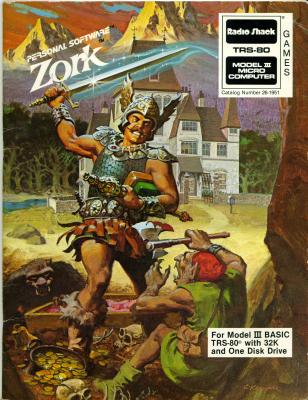
A year later in November of 1981, Zork II: The Wizard of Frobozz was released. In September of 1982, Zork III came into existence, finishing the trilogy by completing the original game. The games are shown here in my slightly embellished versions of their logos.
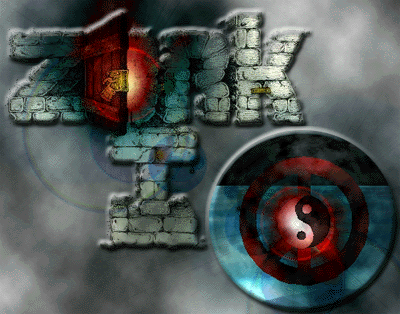
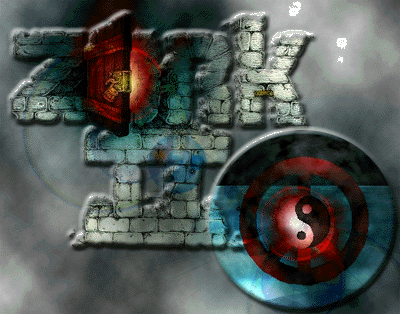

On February 19, of 1986, Infocom and Activision Inc. formed a merger, and on June 13, Activision Inc. bought Infocom in a stock swap worth around $8.5 Million.
The three original games sold separately for a time, but then they were packaged together and sold in January of 1987 as:
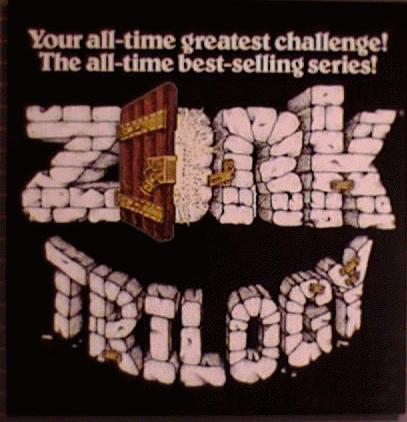
During the months of January through September, Infocom made great advancements with the Zsystem*. (They added a function to have On-Screen maps for Beyond Zork, and the next year added In-Game hints for Zork Zero.) Octobers of 1987 and 1988 brought about the fourth and fifth Zork titles which were entitled (respectively):
On May 5th of 1989, 15 of the 26 original Infocom employees were laid off, 6 quit and the remaining 5 moved to Silicon Valley to enjoy the new offices with the Activision staff.
A couple years later, in 1991, the last few remaining Infocom employees updated the Zsystem, and with the invention of the CD-ROM, the first five adventures were sold as one box set called:
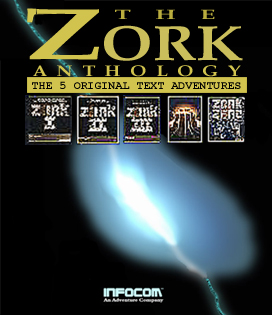
It was at this time the first Zork game to utilize graphics was released. The game was released in 1993, and was entitled:
(For awhile, Return to Zork & The Zork Anthology were packaged together as can be seen from the complimentary box designs.)
Return to Zork was meant to revolutionize the gaming world with much more flexibility in control over a character in a 3D world.
Well, they didn't quite accomplish that high of a goal, but with the advancement of the Zsystem into a Real-time 3D data controller, they sure had plenty of room to grow as could be seen in the following game of the series...
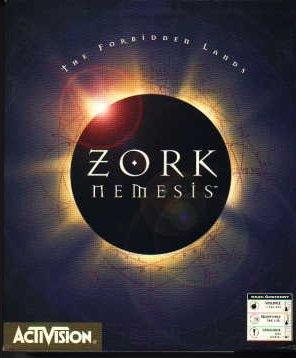
Zork Nemesis was a giant leap in the development of what was still be referred to as the Zsystem. Players now had the ability to rotate the view perspective a full 360 degrees. This feature along with the advancements made in the field of ambient sound technology, allowed for a near complete immersion in the game environment. All across the country, players were losing themselves in this new, darker side of Quendor. This game took place on the far side of the world from where any of the previous adventures had taken place. Players were shown that following the Coconut of Quendor Incident of Beyond Zork, the empire entered an industrialized, magic enhanced society. For more information on game content, see the Zork Nemesis Section.
Soon after, the marketing wonder that is the Activision company figured that they might as well package the whole thing together as one massive collectors edition:
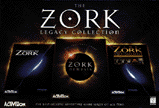
It's becoming difficult to locate but with a little determination, one could still find copies of The Zork Legacy Collection in various software vendors all over America.
To my delight, the news was released regarding an all new Zorkian Adventure created by several of the original Infocom folks. It was said they were planning a second trilogy to further tell the story of the Quendorian lands, though only one game ever came out of the press release in 1998...
Zork: Grand Inquisitor took the live action side of the game production to a new level. Players once again were called upon to explore the Great Underground Empire, but this time they weren't alone. An old brass lantern found at a shop in Port Foozle turns out to house the spirit of the long lost Dungeon Master of the Great Underground Empire. Wonderfully portrayed by the voice talents of Saturday Night Live comedian Michael Mckean, the Dungeon Master has something witty to add to almost ANY situation encountered in your journey. A host of wonderful characters fill out this adventure to create a truly memorable experience.
In a simultaneous release, there was an all new text adventure put out by Activision called Zork: The Undiscovered Underground. This was a fun little story where you aided the marble busts of two of the Implementers* to solve several puzzles.
Sadly, no news has come out of the Activision company in five years regarding the Zork line of games. They seem to have been put on a back burner to the other lines of games they produce. We, the fans of Quendor can only hope someone discovers the license in whatever drawer it's been hidden away in soon and we'll all have new adventures with all our good friends again.
![]()